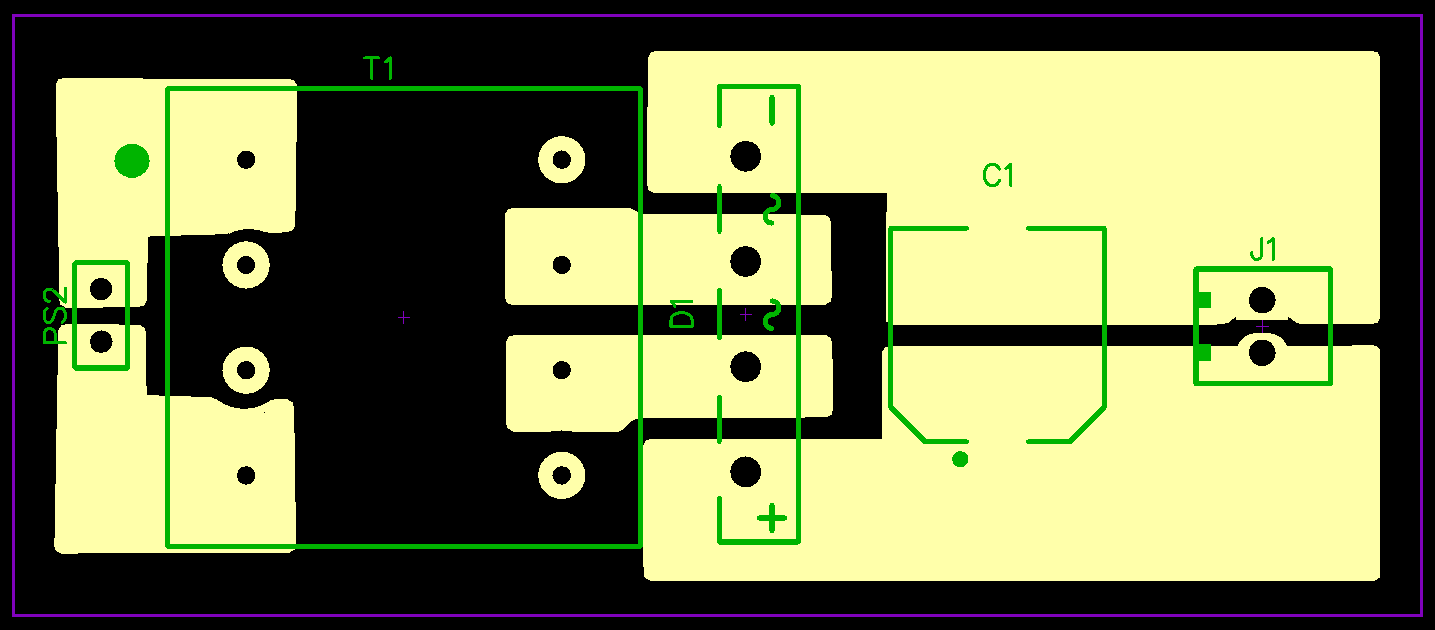—Robotics Workshops
In Fall 2018, I designed and led three robotics workshops to introduce first years to the team. The three workshops are:
- System Architecture
- Schematic Capture and Simulation
- PCB Design & Version Control
Tools: DipTrace, LTSpice, Github
Keywords: Workshop, Teaching, PCB Design, AC/DC Converter, Robotics




